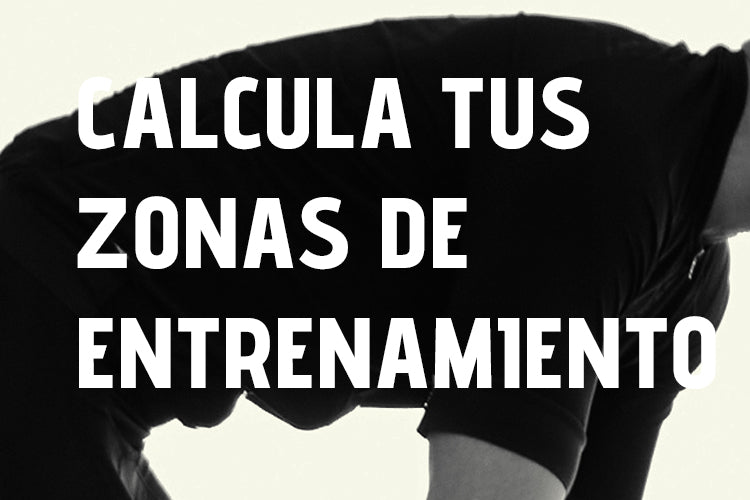Training zones are different divisions depending on the intensity of the effort.
Heart Rate Training Zones
Resting heart rate (rHR) and maximum heart rate (mHR) must be known. A heart rate monitor is required to measure them accurately. RHR is measured in the morning, just a few minutes after waking up. Alternatively, it can be measured after 15 minutes of rest in a horizontal position in a quiet environment. mHR can be theoretically obtained using the Karoven method: mHR = 120 – age. However, it is not exact, as it can vary depending on individual characteristics. A stress test is recommended to determine the mHR for each individual. This method is used for people in good physical condition.
How do I perform the stress test?
An incremental stress test is performed. Starting at a gentle intensity, the speed is increased every 3-1 minute. The HR will gradually increase until it reaches a point where it stops increasing further. This is the maximum HR.

Once the resting HR and maximum HR are known, training zones can be established by HR.
To determine thresholds, you can also use the LACTATE metabolic analysis method using test strips. This is done by pricking the skin (usually a finger). The first puncture is performed at 120-130 heartbeats, followed by another puncture every minute. All data, including lactate levels, must be recorded. Authors normally indicate these levels at 2 and 4 mmol in the scientific literature, but this is an estimate; these levels must be performed individually to determine the inflection points. These inflection points indicate the VT1 and VT2 thresholds.


In this example , VT1, also known as the anaerobic threshold, is located at the first inflection point, which coincides with 2 mmol and would be 145 HR. VT2, also known as the anaerobic threshold, coincides with the second inflection point at 4 mmol and would be 160 HR.
According to García Pallarés, J; Morán-Navarro, R, the following zones exist:

Another way to determine your training zones in cycling is by watts. To calculate this, we need to obtain your FTP data. You can read the guide on How to Calculate Your FTP and use this data to create your training zones. The most commonly used zones are the classic zones proposed by Hunter Allen and Andrew Coggan.

Literature
- 1. Gonzalez Iturri. JJ, Villegas Garcia. JA Athlete Assessment. Biomedical and Functional Aspects. FEMEDE Sports Medicine Monographs. ISBN: 84-605-8715-0.
- 2. López Chicharro. J, Fernandez Vaquero. A. Exercise physiology. Panamericana Publishing. 1998. 2nd Edition. ISBN: 84-7903-401-1.
- 3. MacDougall. JD, Wenger. HA, Green. HJ Physiological evaluation of the athlete. Paidotribo Publishing. 2nd edition. ISBN: 84-8019-236-4
- 4. Manonelles Marqueta. P, Boraita Pérez. A, Then Fernandez. E, Pons de Beristaín. C. Sports Cardiology I. Femede Monographs. Nexus Editions. 2003. ISBN: 84-932682-3-2.
- 5. Veronique Billat. Physiology and Methodology of Training (from theory to practice). Paidotribo Publishing. 2002. 1st Edition. ISBN: 84-8019-627-0 .




Leave a comment
This site is protected by hCaptcha and the hCaptcha Privacy Policy and Terms of Service apply.